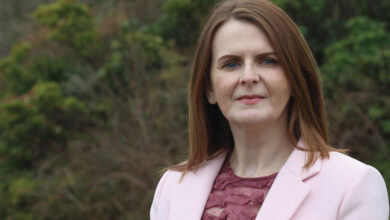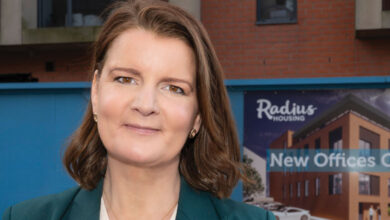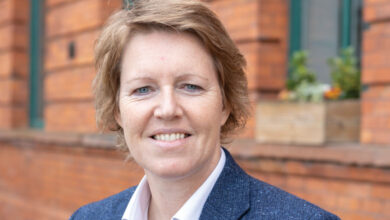More social houses needed to combat homelessness
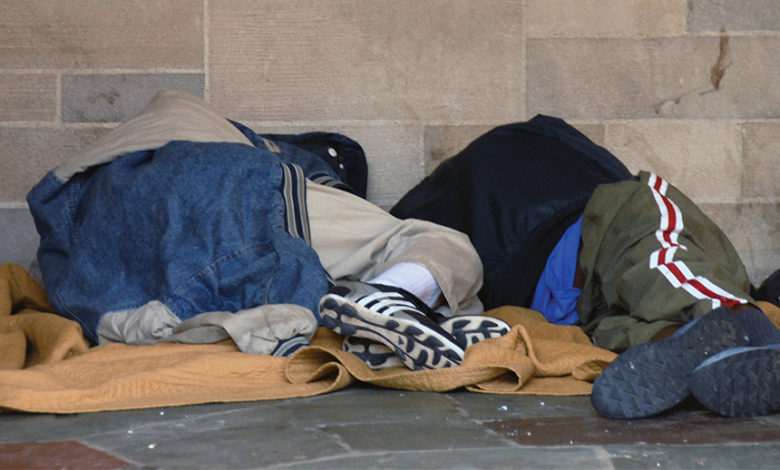
Whilst homelessness has declined slightly in the last 12 months, there are 44,286 people on housing waiting lists in Northern Ireland, but only 382 social housing builds were completed in the first quarter of 2022.
The deaths of two young homeless women in Belfast in July brought the total of homeless deaths in the city alone to 15 in the year 2022.
Figures show that there are 31,407 households, 71 per cent of the total on housing waiting lists, that are currently in ‘housing stress,’ meaning that they have over 30 points in the Housing Executive’s housing allocation scheme. The points scheme is the means by which the Housing Executive determines who gets priority.
If an applicant passes the four tests of proof of homelessness, the Housing Executive allocates 70 points to the applicant. These four tests are: the homelessness test; eligible for assistance test; priority need test; and the intentionality test. If an applicant fails these four tests, they can still be awarded up to 50 points if they meet criteria such as, among others, ‘breakdown of a relationship’, ‘released from prison’ or ‘leaving institutional care’.
In total, 4,033 households throughout Northern Ireland presented as homeless to the Housing Executive between January to March 2022 a decrease of 6.3 per cent over the last 12 months.
The household types with the highest proportion of homeless presenters between January to March 2022 were single men, at 33 per cent, and families, who make up 31.3 per cent.
The Housing Bulletin Report states that the age group with the highest number of presenters for both single men (1,032) and single women (397) was the 26 to 59 age group.
The Housing Executive has announced a new strategy aimed at combatting homelessness between 2022 and 2027. The objectives of this latest strategy are to: prioritise homelessness prevention; address homelessness by providing settled, appropriate accommodation and support; and support customers to transition from homelessness into settled accommodation.
Defining homelessness
Northern Ireland’s leading homeless charity, the Simon Community, published a study entitled ‘Hidden’ Homelessness in Northern Ireland, in which they state that people who fall into the HE’s category of ‘may be homeless’ should be provided with “housing advice; advice on social issues; financial advice; and advice on legal procedures and services”.
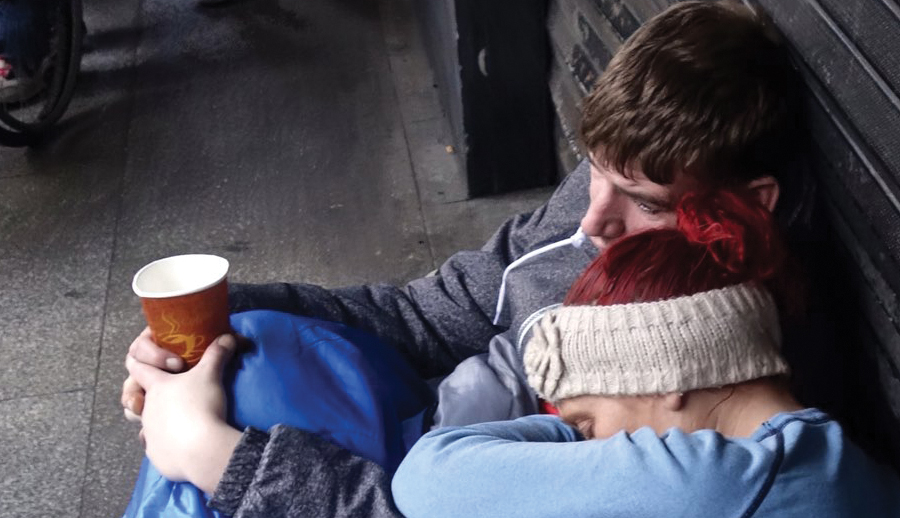
Their report asserts that ‘hidden’ homeless people, which includes “households living in severely overcrowded conditions, squatters, people ‘sofa-surfing’ around friends’ or relatives’ houses, those involuntarily sharing with other households on a long-term basis, and people sleeping rough in hidden locations,” under-inflates the number of homeless people.
They estimate that, if ‘hidden’ homeless people were to be taken into account, that the number of homeless people in Northern Ireland would increase by between 70,000 and 112,000, only exacerbating the homelessness problem.
Rising house prices and supply decline
Research carried out by Halifax shows that, in the last five years, the average house price has increased in Northern Ireland by 48 per cent, the highest increase in the UK. In the same timeframe, demand for home ownership has increased by 21 per cent.
Halifax also found that, despite a 25 per cent reduction in home ownership demand in the last 12 months, house prices had increased by 12 per cent.
Somewhat surprisingly, according to the Northern Ireland Research and Statistics Agency (NISRA), Belfast, the area with the largest amount of people on housing waiting lists, has the fourth lowest average house price out of the 11 council areas in Northern Ireland.
Although the market is demanding further building and investment, the number of new houses built has declined by 11.9 per cent in the last 12 months, according to the Housing Bulletin Report.
There were 382 social housing builds which were completed in the first quarter of 2022, less than 1 per cent of the demand for social housing, given that more than 44,286 people are currently on social housing waiting lists in Northern Ireland.
The report further outlines that the number of new development completions declined by over 18 per cent in 2022, which may be due to concerns around inflation and supply chains of building materials distributed by the coronavirus pandemic and the fallout from the Russian invasion of Ukraine.

